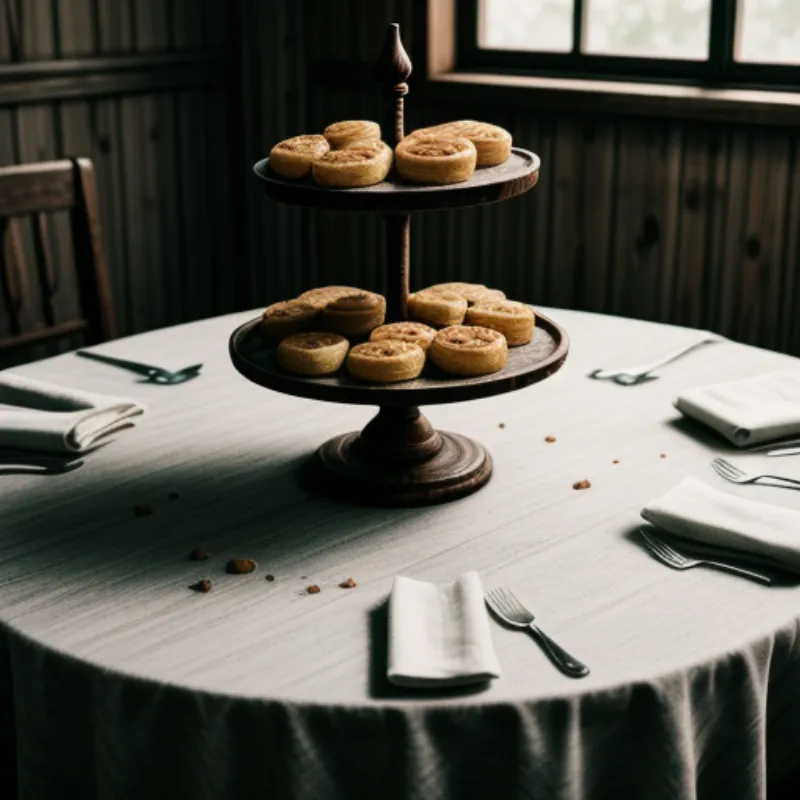Imagine biting into a thin, crispy cookie, its surface glistening like stained glass with vibrant pieces of candied fruit. That’s Coca de Vidre, a traditional Catalan treat that’s as beautiful to look at as it is delicious to eat. Whether you’re a seasoned baker or just starting out, this recipe will guide you through each step, making it surprisingly easy to bring a taste of Spain to your home.
Unveiling the Secrets of Coca de Vidre
Coca de Vidre, also known as “glass coca” in Catalan, is a beloved sweet bread often enjoyed during festive occasions in Catalonia, Spain. The name itself hints at its most captivating feature – a translucent, candy-like surface that resembles colorful stained glass. This effect is achieved by layering thin dough with a vibrant mixture of candied fruits, which caramelize beautifully during baking.
Ingredients You’ll Need for This Delightful Journey
For the Dough:
- 2 cups all-purpose flour, plus extra for dusting
- 1/2 cup granulated sugar
- 1/4 cup olive oil, plus extra for greasing
- 1/4 cup water
- 1 teaspoon baking powder
- 1/4 teaspoon salt
- Zest of 1 lemon (optional, for a citrusy twist)
For the Candied Fruit Topping:
- 1 cup mixed candied fruit (try a mix of cherries, citron, and orange peel for a traditional touch)
- 1/4 cup water
- 2 tablespoons granulated sugar
Tools to Equip Your Baking Arsenal
- Baking sheet
- Parchment paper
- Mixing bowls
- Rolling pin
- Pastry brush
Let’s Embark on Our Baking Adventure: Step-by-Step Guide
1. Preparing the Canvas: Making the Dough
- In a large mixing bowl, combine the flour, sugar, baking powder, and salt.
- Make a well in the center and add the olive oil, water, and lemon zest (if using).
- Mix until the ingredients come together to form a smooth dough. If the dough seems too dry, add a tablespoon of water at a time until you reach the desired consistency.
- Knead the dough lightly on a floured surface for a few minutes until it becomes elastic.
- Form the dough into a ball, wrap it in plastic wrap, and let it rest for about 30 minutes. This allows the gluten to relax, making it easier to roll out the dough later.
2. Creating the Stained Glass: Candied Fruit Magic
- While the dough is resting, prepare the candied fruit topping. In a small saucepan, combine the candied fruit, water, and sugar.
- Bring the mixture to a simmer over medium heat, stirring occasionally, until the sugar dissolves and the fruit starts to soften slightly.
- Remove from the heat and set aside.
3. Assembling the Masterpiece
- Preheat your oven to 350°F (175°C). Line a baking sheet with parchment paper and lightly grease it with olive oil.
- Divide the dough in half. On a lightly floured surface, roll out one portion of the dough into a very thin rectangle (about 1/8 inch thickness).
- Carefully transfer the rolled-out dough to the prepared baking sheet.
- Brush the dough lightly with olive oil.
- Spoon the candied fruit mixture evenly over the dough, leaving a small border around the edges.
- If you have extra dough, you can create decorative cutouts to place on top of the candied fruit.
4. Baking to Perfection
- Bake for approximately 20-25 minutes, or until the edges of the coca are golden brown and the candied fruit topping is bubbly and caramelized.
- Keep a close eye on the coca towards the end of the baking time as the sugar in the topping can burn quickly.
- Once baked, remove from the oven and let it cool completely on the baking sheet. As it cools, the candy topping will harden, creating the beautiful “glass” effect.
5. The Grand Finale: Presenting Your Coca de Vidre
- Once completely cooled, carefully break the coca into irregular shards. Don’t worry about making precise cuts – the rustic, broken edges add to its charm.
 Close-up shot of coca de vidre
Close-up shot of coca de vidre
Tips and Tricks from a Seasoned Baker
- Dough Consistency is Key: The dough should be soft and pliable but not sticky. Adjust the water content accordingly.
- Thin is In: Roll out the dough as thinly as possible to achieve that characteristic crispiness.
- Candied Fruit Variations: Feel free to experiment with different combinations of candied fruit to personalize your coca de vidre.
- Storage Secrets: Store any leftover coca de vidre in an airtight container at room temperature to maintain its texture.
FAQs: Addressing Your Baking Queries
Q: Can I use a different type of oil for this recipe?
A: While olive oil lends a lovely flavor to the coca, you can substitute it with another neutral-flavored oil like vegetable or canola oil.
Q: My coca seems to be browning too quickly in the oven. What should I do?
A: Oven temperatures can vary. If you notice excessive browning, tent the coca loosely with aluminum foil for the remainder of the baking time.
A Sweet Conclusion to Our Baking Journey
Making Coca de Vidre is more than just following a recipe; it’s about embracing a cherished culinary tradition. With its simplicity and stunning visual appeal, it’s a guaranteed showstopper for any occasion.
So, why not put on your apron, gather your ingredients, and embark on this delightful baking adventure? You might be surprised at how easy it is to create a taste of Catalan magic in your own kitchen!
 Coca de vidre served on a table
Coca de vidre served on a table
We would love to hear about your Coca de Vidre baking experience! Share your thoughts, questions, and pictures in the comments below. Happy baking!
